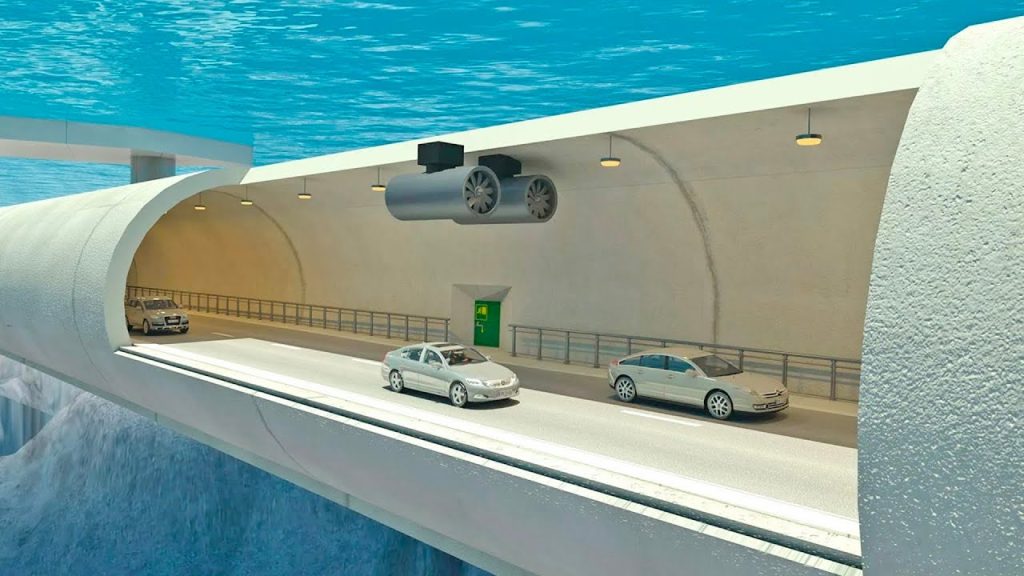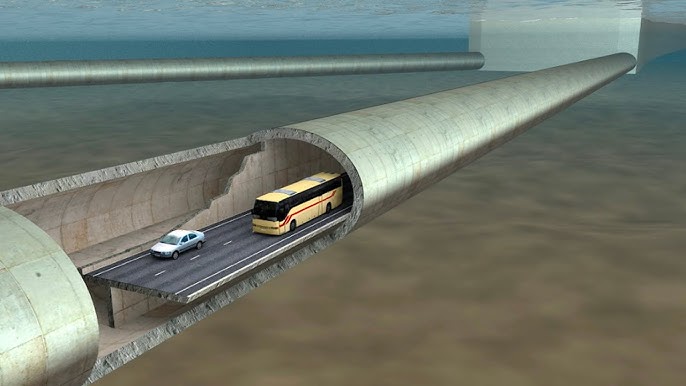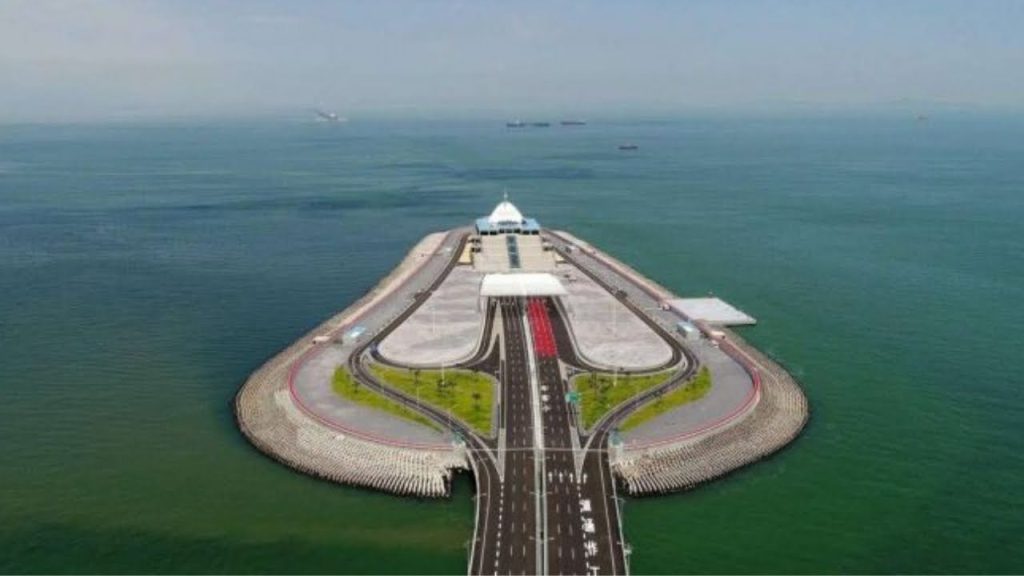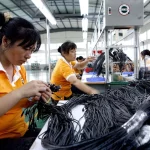This website uses cookies so that we can provide you with the best user experience possible. Cookie information is stored in your browser and performs functions such as recognising you when you return to our website and helping our team to understand which sections of the website you find most interesting and useful.

China’s Ambitious Undersea High-Speed Rail Tunnel

Have you ever thought that one day high-speed rail could run under the sea? As a major country in infrastructure construction, China has been building roads and bridges frantically in recent decades. This post mainly shares with you how China is building the world’s longest undersea tunnel.
It is understood that to connect Zhoushan and Ningbo, China plans to invest 4 billion dollars to build the world’s longest undersea high-speed rail tunnel named the Jintang Undersea Tunnel by Chinese engineers.
Currently, there are more than 20 undersea tunnels that have been built or are planned around the world, including many representative world-class undersea tunnels such as the British and French undersea tunnels, the Seikan Tunnel, and the Tsushima Strait Tunnel in Japan.
China’s Bold Plans

According to Chinese plans, engineers intend to spend six years building the Jintang Undersea Tunnel. As soon as the news broke, it immediately sparked heated discussions internationally.
Western engineers believe that the Chinese are wasting time and money on something that can never be done. The technical difficulties and engineering volume faced in constructing a submarine high-speed rail tunnel are unimaginable.
However, China plans to spend six years building the longest undersea tunnel in the world. Such a mega project seems impossible to complete. It is simply a fantasy.
Facing the Challenges
Facing the cynicism of Western countries, Chinese engineers will rise to the challenge. They will use their actions and results to prove China’s construction strength to the world.

The Jintang Undersea Tunnel is one of the most important projects of the Yongzhou-Zhuhai Railway. In projects like the construction of undersea tunnels, every meter of tunnel excavation presents great difficulties to overcome.
The main works of the whole project will be carried out using the construction method of bridge and tunnel combination.
Technical Details
The entire undersea tunnel is 16.2 kilometers long with a maximum buried depth of 78 meters, a maximum burial depth in the sea area of 50 meters, and a tunnel diameter of 14 meters.
This also means that during the construction of the undersea tunnel, it is necessary to implement multi-section tunnel mouth docking. Whether it is the length of the tunnel segment or the difficulty of docking, it ranks first in the world.
After the construction is completed, it will set a new record for the length of the world’s submarine tunnels. It will also be China’s first undersea high-speed rail tunnel.
Construction Methods
Chinese engineers mainly use the open-cut method, shield method, and mining method for construction operations. In the shallow areas where the soil is soft, the open-cut construction technique is adopted.
This involves digging the ground directly, building the interior structure to support the tunnel, and finally restoring the ground. However, this method is useless on very hard seabeds.
Therefore, the shield method is used to excavate tunnels in soft and water-bearing strata. The shield machine needs to be disassembled without damage and sent to the excavation section.
From the place where the silt is very soft, the cutting device excavates, and the shield machine supports the surrounding rock with its shell. While advancing the excavation, the soil, gravel, and mud are transported outside the tunnel through a conveyor belt.
Overcoming Geological Challenges
When encountering complex geological and hard rock layers, the mining method is used to excavate, involving drilling and blasting. To avoid tunnel collapse accidents during construction, excavation is done slowly and blasted multiple times.
When Chinese engineers built the undersea tunnel of the Hong Kong-Zhuhai-Macao Bridge, they used the construction method of immersed tubes.
First, the immersed tube tunnel is built on land, then placed on the seabed, and finally sunk into the seabed and spliced in sequence.
Innovative Engineering
The Jintang Undersea Tunnel adopts the shield method, and the total length of the undersea shield section exceeds that of the Hong Kong-Zhuhai-Macao Bridge by nearly 10 kilometers. It can be called the largest undersea tunnel in the world.
Therefore, in terms of engineering volume, the construction difficulty of the Jintang Undersea Tunnel is far greater than that of the Hong Kong-Zhuhai-Macao Bridge. Additionally, the local natural conditions also have a very negative impact on the construction.
The first challenge is the effect of water pressure. Since the Jintang Submarine Tunnel is located in the sea at a depth of 78 meters, its seabed pressure is as high as 1.0 MPa. Previously, the most advanced construction technology in China could only withstand a pressure of 0.7 MPa.
Even the undersea tunnel of the Hong Kong-Zhuhai-Macao Bridge had a pressure of only 0.8 MPa during construction. China will need to achieve technological breakthroughs in this area before starting construction.
Significance of the Project
Once the Jintang Undersea Tunnel project is completed, it will be a major breakthrough for China’s infrastructure technology, marking a deeper development of China’s infrastructure. No country in the world will dare to question China’s infrastructure capabilities.
In general, China has been creating various infrastructure miracles in recent years. From the Beijing Daxing Airport and the Hong Kong-Zhuhai-Macao Bridge to the current Jintang Submarine High-Speed Rail Tunnel, these super-engineering projects have proved that China’s infrastructure strength has already ranked first in the world.
In the past few decades, in the face of technological blockades by Western countries, Chinese engineers have bravely innovated and faced difficulties. With their wisdom and hard work, they have created one incredible Chinese infrastructure miracle after another.
China, with a series of large-scale infrastructure and mega projects, is known internationally as an “infrastructure giant.” Watch this review of China building the world’s longest undersea high-speed rail tunnel and tell us what you think. Enjoy!














